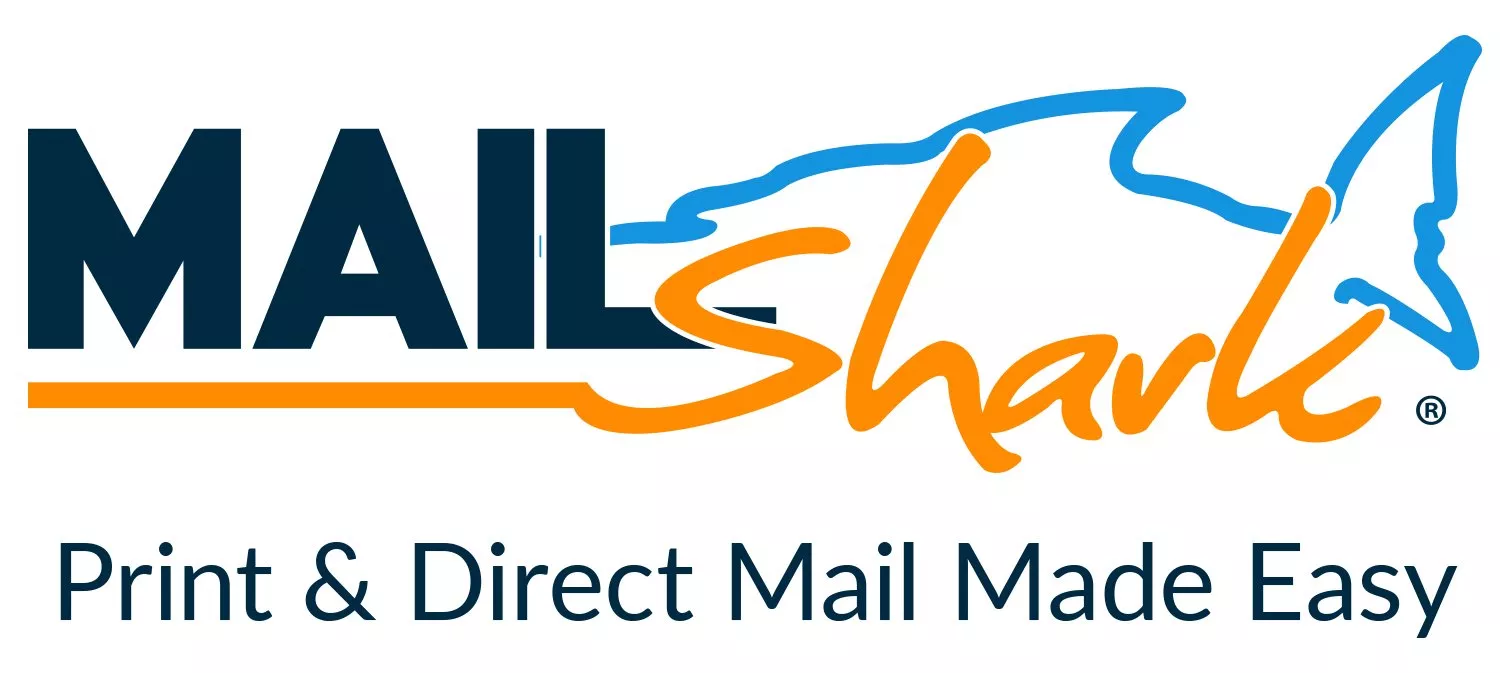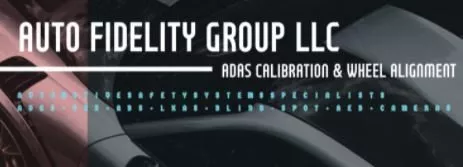Abbreviations - OMG cars are bad enough... now texting?
-
Available Subscriptions
-
Have you checked out Joe's Latest Blog?
-
By Joe Marconi in Joe's Blog0 commentsIt always amazes me when I hear about a technician who quits one repair shop to go work at another shop for less money. I know you have heard of this too, and you’ve probably asked yourself, “Can this be true? And Why?” The answer rests within the culture of the company. More specifically, the boss, manager, or a toxic work environment literally pushed the technician out the door.
While money and benefits tend to attract people to a company, it won’t keep them there. When a technician begins to look over the fence for greener grass, that is usually a sign that something is wrong within the workplace. It also means that his or her heart is probably already gone. If the issue is not resolved, no amount of money will keep that technician for the long term. The heart is always the first to leave. The last thing that leaves is the technician’s toolbox.
Shop owners: Focus more on employee retention than acquisition. This is not to say that you should not be constantly recruiting. You should. What it does means is that once you hire someone, your job isn’t over, that’s when it begins. Get to know your technicians. Build strong relationships. Have frequent one-on-ones. Engage in meaningful conversation. Find what truly motivates your technicians. You may be surprised that while money is a motivator, it’s usually not the prime motivator.
One last thing; the cost of technician turnover can be financially devastating. It also affects shop morale. Do all you can to create a workplace where technicians feel they are respected, recognized, and know that their work contributes to the overall success of the company. This will lead to improved morale and team spirit. Remember, when you see a technician’s toolbox rolling out of the bay on its way to another shop, the heart was most likely gone long before that.
-
-
Similar Topics
-
By MikesPlaceAuto
Hello from Montana. Longtime mechanic/technician, first-time shop owner. Reaching out to many sources for information and advice. Small shop in rural setting, specializing in electrical and electronics. Thanks for any good words. Mike
-
By Joe Marconi
Premium Member Content
This content is hidden to guests, one of the benefits of a paid membership. Please login or register to view this content.
-
By carmcapriotto
Sometimes life just doesn’t slow down, does it? Between running a business, managing a team, and balancing everything else, it’s easy to feel like you’re drowning in tasks. If that sounds familiar, you’re not alone.
Hi, I’m Kim Walker, and today I’m sharing my personal journey through a season of overwhelm—and how I’m finding my way back to productivity and peace. This episode isn’t just about getting things done—it’s about giving yourself the grace to start where you are and take small, meaningful steps forward.
So, take a deep breath, grab a notebook, and let’s get organized—because even in the chaos, we’ve got this
Thank you to our friends at RepairPal for this episode. RepairPal will introduce your shop to new customers through repairpal.com, the largest site for auto repair. Learn more at RepairPal.com/shops.
Are you ready to convert clients to members? App fueled specializes in creating custom apps tailored specifically for auto repair businesses. Build client loyalty. Get started today with your own customer loyalty app. Visit Appfueled.com
Lagniappe (Books, Links, Other Podcasts, etc)
Stephen Covey's Time Managment Matrix
Remarkable Tablet
Time Blocking
Show Notes with Timestamps
How To Get In Touch
Group - Auto Repair Marketing Mastermind
Website - shopmarketingpros.com
Facebook - facebook.com/shopmarketingpros
Get the Book - shopmarketingpros.com/book
Instagram - @shopmarketingpros
Questions/Ideas - podcast@shopmarketingpros.com
Aftermarket Radio Network
Remarkable Results Radio Podcast with Carm Capriotto: Advancing the Aftermarket by Facilitating Wisdom Through Story Telling and Open Discussion
Diagnosing the Aftermarket A to Z with Matt Fanslow: From Diagnostics to Metallica and Mental Health, Matt Fanslow is Lifting the Hood on Life.
The Weekly Blitz with Chris Cotton: Weekly Inspiration with Business Coach Chris Cotton from AutoFix - Auto Shop Coaching.
Speak Up! Effective Communication with Craig O'Neill: Develop Interpersonal and Professional Communication Skills when Speaking to Audiences of Any Size.
Business by the Numbers with Hunt Demarest: Understand the Numbers of Your Business with CPA Hunt Demarest.
The Auto Repair Marketing Podcast with Kim and Brian Walker: Marketing Experts Brian & Kim Walker Work with Shop Owners to Take it to the Next Level.
Click to go to the Podcast on Remarkable Results Radio
-
By carmcapriotto
The Weekly Blitz is brought to you by our friends over at Shop Marketing Pros. If you want to take your shop to the next level, you need great marketing. Shop Marketing Pros does top-tier marketing for top-tier shops.
Click here to learn more about Top Tier Marketing by Shop Marketing Pros and schedule a demo: https://shopmarketingpros.com/chris/
Check out their podcast here: https://autorepairmarketing.captivate.fm/
If you would like to join their private facebook group go here: https://www.facebook.com/groups/autorepairmarketingmastermind
The Weekly Blitz is brought to you by our friends over at Shop Marketing Pros. If you want to take your shop to the next level, you need great marketing. Shop Marketing Pros does top-tier marketing for top-tier shops.
I’d like to give another shoutout to our sponsor, Shop Marketing Pros. They are the only marketing company I recommend, and they handle all of the marketing for my own shop as well. If you’re serious about growth, you need strategies that actually work: better websites, higher Google rankings, and ads that bring real customers through your doors.
Visit ShopMarketingPros.com/chris to partner with a team that understands your business. Because every great shop deserves marketing that’s just as great.
The Weekly Blitz is brought to you by our friends over at Shop Marketing Pros. If you want to take your shop to the next level, you need great marketing. Shop Marketing Pros does top-tier marketing for top-tier shops.
I’d like to give another shoutout to our sponsor, Shop Marketing Pros. They are the only marketing company I recommend, and they handle all of the marketing for my own shop as well. If you’re serious about growth, you need strategies that actually work: better websites, higher Google rankings, and ads that bring real customers through your doors.
Visit ShopMarketingPros.com/chris to partner with a team that understands your business. Because every great shop deserves marketing that’s just as great.
Check out their podcast here: https://autorepairmarketing.captivate.fm/
If you would like to join their private Facebook group go here: https://www.facebook.com/groups/autorepairmarketingmastermind
In this episode of "The Weekly Blitz," host Coach Chris Cotton delves into the critical topic of enhancing customer experience within the auto repair industry by effectively merging cutting-edge technology with personalized service touches. Drawing from his own life, Chris shares vivid personal anecdotes that illustrate the profound impact of customer service on brand perception and loyalty.
He begins by recounting his contrasting experiences with two tech giants, Apple and Lenovo. Through these stories, Chris highlights how Apple's commitment to seamless, customer-centric service left a lasting positive impression, whereas Lenovo's lackluster support fell short of expectations. These anecdotes serve as powerful examples of how excellent customer service can significantly influence customer satisfaction and brand loyalty.
Chris also shares his positive interactions with Starlink, the satellite internet service provider. He emphasizes how Starlink's proactive communication and dedication to resolving issues made him feel valued as a customer. This experience underscores the importance of making customers feel appreciated and respected, which can transform a one-time transaction into a long-term relationship.
Introducing the concept of "relationship coins," Chris encourages auto repair shops to view customer interactions as opportunities to invest in building strong, lasting relationships. He explains that each positive interaction adds to a metaphorical bank of goodwill, which can pay dividends in terms of customer loyalty and repeat business.
Sponsored by Shop Marketing Pros, the episode underscores the necessity of providing exceptional service to foster customer loyalty and drive business growth. Chris argues that in an industry where trust and reliability are paramount, auto repair shops must prioritize customer experience by integrating technology that enhances service efficiency while maintaining the personal touch that makes customers feel valued and understood.
Throughout the episode, Chris Cotton passionately advocates for a balanced approach that leverages technology to streamline operations and improve service delivery, while also emphasizing the irreplaceable value of human connection in creating memorable customer experiences. By doing so, auto repair shops can not only meet but exceed customer expectations, ultimately leading to sustained business success.
Introduction to Supercharging (00:00:09)
Coach Chris Cotton introduces the podcast and its focus on enhancing auto repair business through innovative insights.
Guest Introduction and Technology Discussion (00:01:12)
Chris introduces Craig O'Neill and discusses the impact of technology on customer experience in the auto repair industry.
Personal Customer Experience Anecdote (00:02:21)
Chris shares a personal story about his customer experience with laptop purchases and the importance of customer service.
Switching to Apple Products (00:05:49)
After poor service from Lenovo, Chris decides to purchase a MacBook, highlighting the positive experience he had.
Apple's Exceptional Customer Service (00:08:00)
Chris details his satisfaction with Apple's customer service, leading to his continued investment in their products.
Starlink Customer Experience (00:09:14)
Chris recounts his positive interaction with Starlink customer service while setting up internet for travel.
Importance of Merging Technology and Personal Touch (00:12:15)
Chris emphasizes the need for auto repair shops to blend technology with personal service to enhance customer experiences.
Connect with Chris:
chris@autofixsos.com
Phone: 940.400.1008
www.autoshopcoaching.com
Facebook: https://www.facebook.com/
AutoFixAutoShopCoachingYoutube: https://bit.ly/3ClX0ae
#autofixautoshopcoaching #autofixbeautofixing #autoshopprofits #autoshopprofit #autoshopprofitsfirst #autoshopleadership #autoshopmanagement #autorepairshopcoaching #autorepairshopconsulting #autorepairshoptraining #autorepairshop #autorepair #serviceadvisor #serviceadvisorefficiency #autorepairshopmarketing #theweeklyblitz #autofix #shopmarketingpros #autofixautoshopcoachingbook
Connect with Chris:
chris@autofixsos.com
Phone: 940.400.1008
www.autoshopcoaching.com
Facebook: https://www.facebook.com/
AutoFixAutoShopCoachingYoutube: https://bit.ly/3ClX0ae
#autofixautoshopcoaching #autofixbeautofixing #autoshopprofits #autoshopprofit #autoshopprofitsfirst #autoshopleadership #autoshopmanagement #autorepairshopcoaching #autorepairshopconsulting #autorepairshoptraining #autorepairshop #autorepair #serviceadvisor #serviceadvisorefficiency #autorepairshopmarketing #theweeklyblitz #autofix #shopmarketingpros #autofixautoshopcoachingbook
Click to go to the Podcast on Remarkable Results Radio
-
-
By carmcapriotto
Thank You To Our Partners The Institute, AutoFlow, AutoLeap, Shop Dog Marketing, In-Bound
Early 2018 our host, Craig O’Neill attended multi-day training session by Dennis McCarron
In this episode - Craig invites Dennis to highlight one of his favorite takeaways from that training.
Of course - the takeaway is an acronym…
A.P.A.C.
Acknowledge
Probe
Answer
Confirm
APAC is a pragmatic model for solving problems that can be applied in nearly every walk of life.
From taking an upset client and solving their problem - to taking a routine interaction and arriving at the right conclusions, Dennis explains how APAC is what happens, eventually, no matter what… it is just the most efficient way to accomplish what needs to happen anyway!
You’ll want to carve out the time to hear Dennis and Craig go deeper into human behavior models and tackles topics such as trust, and engagement and understanding how we are always assessing the people we are serving how they are engaging their environments.
Listeners will find that APAC is a pragmatic approach to communication in the shop and all walks of life…
And you’ll find that our Word of the Day today also happens to be “Pragmatic”
prag·mat·ic-/praɡˈmadik/adjective
Dealing with things sensibly and realistically in a way that is based on practical rather than theoretical considerations.
Watch Full Video Episode
Thank You To Our Partners The Institute, AutoFlow, AutoLeap, Shop Dog Marketing, In-Bound:
The Institute at WeAreTheInstitute.com. "Stop stressing over your business, you deserve a good night's sleep. The Institute’s coaching helps you achieve success and financial peace.
AutoFlow at AutoFlow.com. Your partner in technology, Autoflow consolidates your client interactions - before, during and after the visit to a single thread. Learn more at Autoflow.com
AutoLeap at AutoLeap.com. Are you tired of juggling multiple tools to manage your auto repair shop? Say hello to the streamlined efficiency of AutoLeap, the #1 all-in-one Auto Repair Shop Management Software!
Shop Dog Marketing at Shop Dog Marketing.com. "Want to see your auto repair shop thrive? Let Shop Dog Marketing be your guide. Our customer-first approach, combined with AI-driven creative content, ensures top rankings.
In-Bound at CallInBound.com. Cover your communication needs and revolutionize your auto repair business with AI-driven call analytics from InBound.
Contact Information
Email Craig O'Neill: speakup@craigoneill.net Join Our Virtual Toastmasters Club: https://remarkableresults.biz/toastmasters
The Aftermarket Radio Network: https://aftermarketradionetwork.com/
Remarkable Results Radio Podcast with Carm Capriotto: Advancing the Aftermarket by Facilitating Wisdom Through Story Telling and Open Discussion. https://remarkableresults.biz/
Diagnosing the Aftermarket A to Z with Matt Fanslow: From Diagnostics to Metallica and Mental Health, Matt Fanslow is Lifting the Hood on Life. https://mattfanslow.captivate.fm/
Business by the Numbers with Hunt Demarest: Understand the Numbers of Your Business with CPA Hunt Demarest. https://huntdemarest.captivate.fm/
The Auto Repair Marketing Podcast with Kim and Brian Walker: Marketing Experts Brian & Kim Walker Work with Shop Owners to Take it to the Next Level. https://autorepairmarketing.captivate.fm/
The Weekly Blitz with Chris Cotton: Weekly Inspiration with Business Coach Chris Cotton from AutoFix - Auto Shop Coaching. https://chriscotton.captivate.fm/
Click to go to the Podcast on Remarkable Results Radio
-
-
-
Our Sponsors
















Recommended Posts